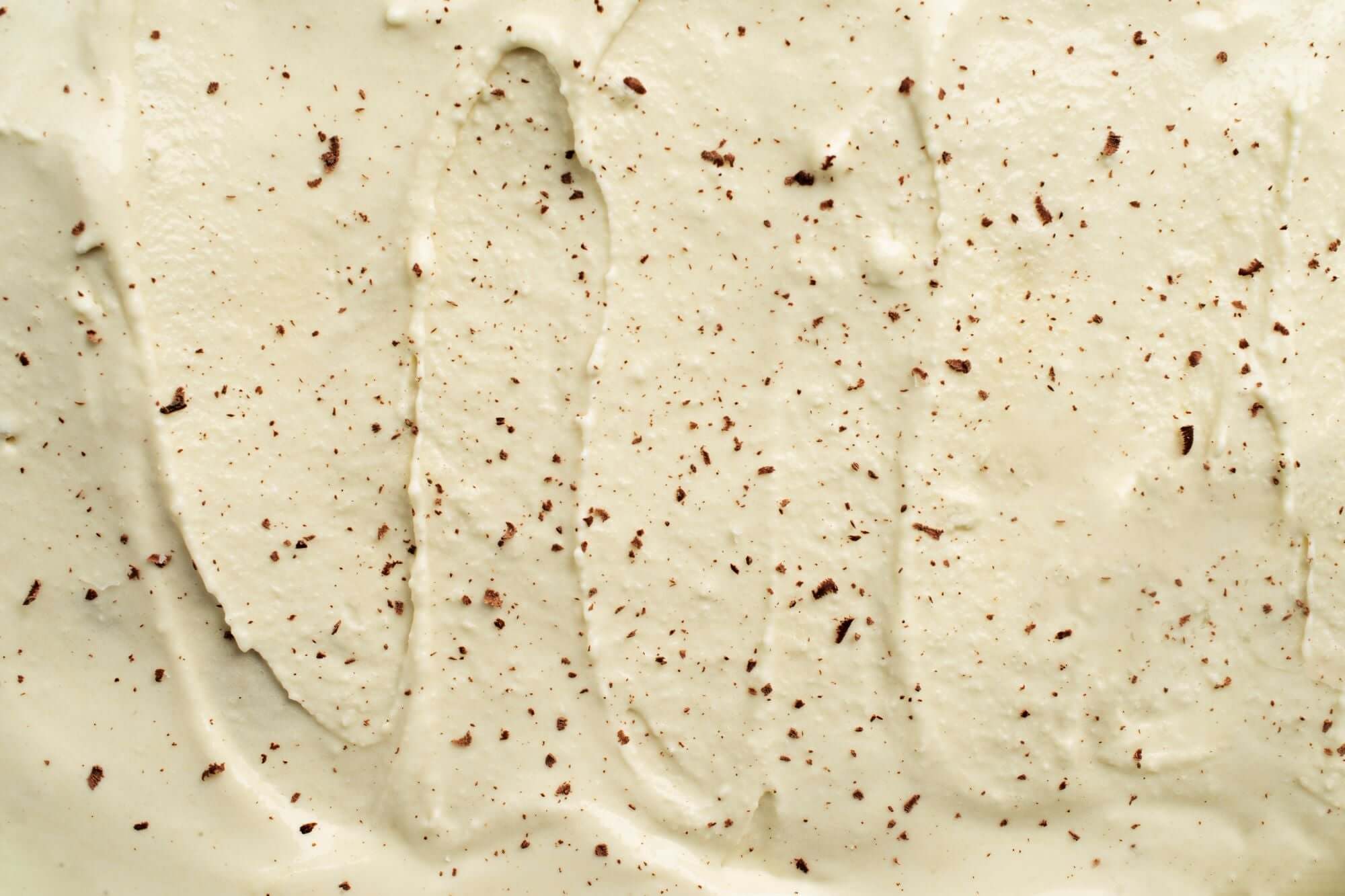The Art of Exfoliation: Choosing the Right Scrub for Your Skin Type
Exfoliation is a crucial step in any skincare routine. It helps remove dead skin cells, reveal brighter skin, and promote cell turnover. However, not all scrubs are suitable for all skin types. Choosing the right exfoliant is essential to avoid irritation and maximize the benefits. In this article, we’ll explore the different types of exfoliants and how to tailor them to your skin type.
Why Exfoliate Your Skin?
- Dead Cell Removal: Our skin is constantly renewing itself. Exfoliation helps remove dead cells that can clog pores and make your complexion look dull.
- Texture Improvement: It smoothes the skin, reducing the appearance of fine lines and imperfections.
- Optimal Absorption of Care: By eliminating the surface layer of dead cells, the skin better absorbs serums, creams and other care products.
- Stimulation of Circulation: The massaging action during exfoliation stimulates blood circulation, bringing a natural glow to the skin.
Types of Exfoliants
There are mainly two types of exfoliants: mechanical (physical) and chemical.
1. Mechanical (Physical) Exfoliants
These exfoliators use particles to physically remove dead cells from the surface of the skin.
- Grain Scrubs: Contain particles such as sugar, salt, crushed fruit pits or jojoba beads.
- Brushes and Sponges: Tools like facial brushes, konjac sponges or horsehair gloves.
Benefits :
- Immediate results with softer skin.
- Clean feeling after use.
Disadvantages:
- May be abrasive if used too frequently or with too much pressure.
- Not suitable for sensitive or problem skin.
2. Chemical Exfoliants
They use acids or enzymes to dissolve the bonds between dead cells, allowing them to be gently removed.
- AHA (Alpha-Hydroxy Acids): Like glycolic acid, lactic acid. Ideal for dry and mature skin.
- BHA (Beta-Hydroxy Acids): Mainly salicylic acid. Ideal for oily and acne-prone skin.
- Enzymes: From fruits such as papaya (papain) or pineapple (bromelain). Gentle and suitable for sensitive skin.
Benefits :
- Uniform exfoliation without rubbing.
- Treats specific problems like acne, hyperpigmentation.
Disadvantages:
- May cause irritation if misused.
- Requires increased sun protection.
Choosing the Right Scrub for Your Skin Type
1. Dry and Sensitive Skin
Recommendations:
- Enzymatic Exfoliants: Gentle and natural, they eliminate dead cells without damaging the skin.
- AHA Mild: Like lactic acid, which moisturizes in addition to exfoliating.
Frequency: 1 time per week.
Advice :
- Avoid scrubs with rough grains.
- Always test a new product on a small area.
2. Oily and Acne-Prone Skin
Recommendations:
- BHA (Salicylic Acid): Penetrates into pores to eliminate excess sebum and prevent pimples.
- Fine Grain Scrubs: Like jojoba beads, for deep cleansing.
Frequency: 2 to 3 times a week.
Advice :
- Do not exfoliate inflamed areas or areas with open pimples.
- Combine exfoliation with good hydration to avoid overproduction of sebum.
3. Combination Skin
Recommendations:
- Combination of AHA and BHA: To treat both dry and oily areas.
- Gentle Scrubs: Apply them mainly to the T-zone (forehead, nose, chin).
Frequency: 1 to 2 times per week.
Advice :
- Listen to your skin and adjust the frequency according to its reaction.
4. Normal Skin
Recommendations:
- AHA: To maintain skin radiance and health.
- Gentle Grain Scrubs: For regular exfoliation.
Frequency: 2 times a week.
Advice :
- Vary the types of exfoliants to get different benefits.
Precautions and Tips
- Sun Protection: After exfoliation, the skin is more sensitive to the sun. Always apply sunscreen.
- Hydration: Exfoliating can dry out the skin. Always follow with a good moisturizer.
- Avoid Over-Exfoliation: Over-exfoliating can damage the skin barrier, leading to irritation, redness, and increased sensitivity.
- Avoid Body Scrubs on the Face: Body scrubs are often too abrasive for delicate facial skin.
Conclusion
Exfoliation is an essential step in maintaining healthy and glowing skin. However, choosing the right type of scrub for your skin is crucial to avoid unpleasantness. By understanding your skin type and selecting the right exfoliant, you can maximize the benefits of this practice. Remember to listen to your skin, respect its sensitivity, and always protect it after exfoliation.



